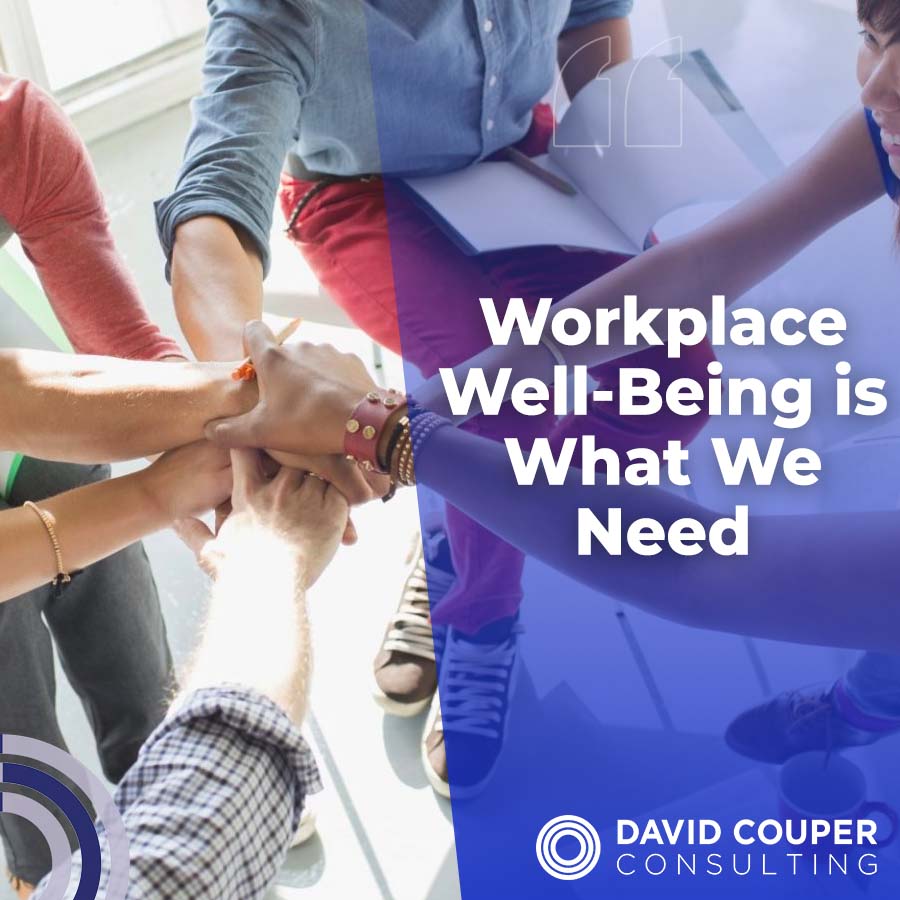
It’s part 2 of our post on the types of Workplace Well-being that needs to be assessed and dealt with in today’s office. We’re done with the first five; now we’ll be introducing the next five:
6️⃣ Financial Well-Being: Teach your employees financial intelligence, and help them save and deal with their money. Give them resources and benefits like retirement savings plans and company stock options. When employees become financially stable, they become less prone to leaving and finding a new job.
Here are good leads— (1) Have a financial education program that includes regular workshops, webinars, and one-on-one counseling on personal finance topics. Get a knowledgeable and experienced professional to lead the program. Teach your employees how to save no matter their salaries. (2) Stock options! Not only will your employees stop leaving, but they will also be more engaged knowing that their hard work affects the company they are literally a part of through stocks.
7️⃣ Career Well-Being: Prioritize internal promotions, and have opportunities for career advancement. Consistently recognize and reward employee contributions and achievements. It’s not always about a monetary incentive. Sometimes, being recognized, awarded, and applauded is all the pat on the back an employee needs to relieve their stress.
Here are some tips— (1) Implement a “job shadowing” program that allows employees to spend a day learning about different roles and departments within the company. As leaders, this is a great way to expand your people’s horizons. It’s an amazing tool against underemployment. (2) Hold internal career fairs. It’s like a job fair but only for all the employees.
8️⃣ Community Well-Being: Just hoping the community would improve on its own never works. Create volunteer programs that encourage employees to get involved in the community. Helping others is the most efficient and natural way to get the daily dose of your brain’s happy hormones.
Why not try— (1) Organize a company-wide volunteer day where employees can work together to give back to their local community. Make it a continuous program, and connect with your local charity. (2) How about a community cookout and garage sale? Everyone has got something they don’t need that may still be useful for others.
9️⃣ Purpose Well-Being: When an employee loses their sense of meaning and purpose within the workplace, they tend to get disengaged. Encourage employees to feel a sense of impact and fulfillment in their work. Share the values and goals of the company with your employees, and let them know they are a big part of it.
This can be a longshot, but— (1) Create a “purpose committee” comprised of employees from different departments and levels of the company tasked with identifying and promoting the company’s mission and values. Find people who are passionate about the job, as it would be easy for them to spot those who are beginning to lose their purpose. (2) Engagement is the key, keep your people engaged at work.
? Spirituality Well-Being: Think beyond religion. Help your employees find a sense of inner peace and balance. Encourage them to explore their own spirituality and beliefs. Provide resources for prayer, contemplation, meditation, and mindfulness.
Think of— (1) Creating a meditation room where employees can take a break and practice mindfulness during the workday. Make sure it is a safe space, free of technology and distractions, and especially– judgment. (2) Work with their schedules in case of religious days that are not traditional holidays.
No type of well-being is more important than the other; each one plays a crucial role in an employee’s overall health and happiness. Addressing these various types of well-being will have a positive impact on the company as a whole. Employees who are holistically healthier have fewer issues for the company to worry about, like absenteeism, retention, and burnout.
Which one should your company focus on? It all depends on your current culture. Observe your employees, put out surveys and suggestion boxes, and interview several of them. If you do it right, you’ll know which wellness to prioritize. Don’t worry, you can always make adjustments, and your employees will appreciate being heard.
This is where DCC shines. We have helped and coached a lot of companies that are now flourishing. How? We don’t rush in; we don’t offer a magical solution for all their problems. Because we don’t know what these problems are at the beginning. We observe, send out surveys, interview people, and immerse ourselves in your culture. Then we offer the best programs that will work for your organization. It’s what DCC does best. Let’s start right now. Please email us at info@davidcouperconsulting.com.
